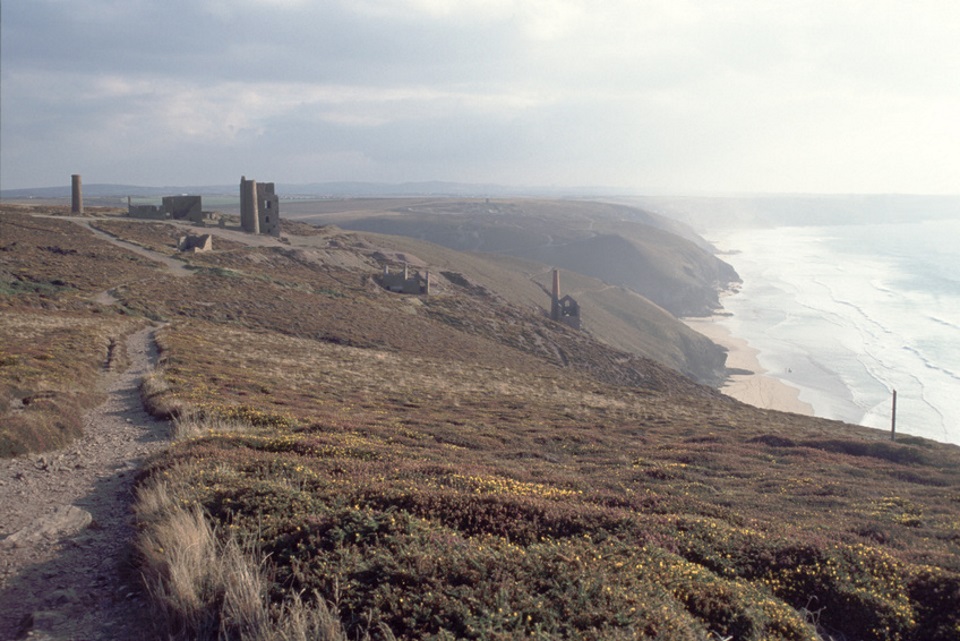
Coastal Britain
The island of Great Britain and its neighbouring islands are blessed with a huge variety of coastline, from towering, seabird-laden cliffs to wide flat expanses of golden sand. With the Atlantic on one side and the North Sea on the other, Britain’s coast is an always-changing and ever-beautiful place, ravaged by the sea and the wind and bathed in the sun in turns.
Britain’s Coastal History
As an island group of nations, Britain has always relied on its coast for trade and food, so the history of Britain’s coast stretches back as far as records allow. There are Roman coastal towns like Weymouth in Dorset, industrial harbours like Portsmouth and Southampton, tiny fishing villages like Polperro and huge cities like Liverpool, Newcastle and Glasgow. Each has a unique history and the role they played in events like the industrial revolution, the slave trade and the British Empire are being explored and reexamined.
Variety
With such huge variety, there is something for everyone on Britain’s coasts, from rock pooling with the kids at Robin Hood’s Bay to vintage car races on the sands at Pendine. The winds from the North Sea make windsurfing, kite sailing and regular sailing a popular and thrilling activity, and there are sailing clubs where boats of all types can be hired liberally spotted around the coast.
Highlights
Special highlights of Britain’s coast include Anglesey, St. Ives, Staithes, and Crail. Each is a small town or place that has preserved its heritage and moved with the times to offer excellent accommodation, activities and stunning access to nature.
There are literally hundreds of small towns dotted around the coast, so one way to explore coastal Britain is to simply follow it round. Nearly every cove and harbour has a port with a town or village. The Brits are a hospitable people and there is plenty of high quality and affordable accommodation to suit any travellers.
Cornwall
Cornwall deserves special mention in coastal Britain. The Cornish like to think they are a separate people to the English, and although they all speak English, the language of Cornish and the traditions of Kernow, as it is known to them, are unique and fascinating.
The coast of Cornwall has smugglers caves, surfing, sailing, amazing beaches and Cornish pasties, which are a UNESCO protected food. Artists have flocked to Cornwall for over a hundred years to experience the beautiful landscape and unique light. Barbara Hepworth is perhaps the best known, and the Tate Museum in St. Ives has some of her work.
The Jurassic Coast
The fossil packed cliffs that stretch along great swathes Dorset and Devon are where the field of palaeontology was invented, largely due to the genius and hard work of Mary Anning, who identified and catalogued many now famous dinosaurs in the 19th century. The coast of Yorkshire has clay cliffs where fossils can be broken out of the fallen rocks by hand, an utterly fascinating experience for children.
In 2020 the entire coast of Britain should be connected by one single 2,800-mile-long path. Most of the path is already there, work is only undergoing to connect them. Walking in Britain is possibly the finest way to experience and enjoy the unique landscape and ecosystems, and nowhere is there better coastal walking.
Short day walks with young children are possible from nearly any point on the coast and are guaranteed to amaze and surprise. Longer walks (a day, a week, months) are possible, there is always accommodation available and plenty of fellow walkers to enjoy your tramping with. On Britain’s coast it is possible to be amongst hundreds on the beach or alone in a hidden inlet within an hour’s walk.
Children will find plenty to do on Britain’s coast, there are activities available just about anywhere in holiday season. A trip out in a boat, a day on the sand making sand castles, surfing and sailing, or just a day curled up reading a book in a seaside cottage, it’s all a wonderful experience for families. One of the great things about Britain’s coast: if you don’t like where you are, just pack up the car and drive 15 miles down the coast and find something completely different.
Britain is one of the best places in Europe to see seabirds, especially in Scotland, where huge populations of arctic birds come to weather the winters. The hundreds of islands off Britain’s coast, many of them uninhabited, give our avian visitors and residents safety and food aplenty. Booking a boat to go out and see them off the isles of Lewis or Islay (try the whiskey while you’re there) is an unforgettable experience. There are few places on Earth you can see such sights.
The RNLI, or the Royal National Lifeboat Institution, has an excellent reputation for rescues and have all the latest technology at their disposal, but as good as they are, they can’t prevent you doing dangerous things. Every beach has signage telling you about the conditions and what you can and can’t do. Britain’s coast is a deadly, unpredictable place, like any coastline, so read the warnings and take good care of yourselves. On public beaches there are usually lifeguards, so if you’re in doubt, ask them for advice.

